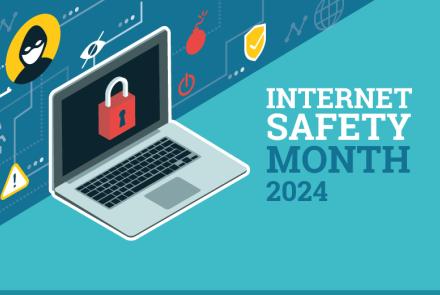Dyslexia Awareness Week 2018
Dyslexia affects 10% of the UK population, and is commonly referred to as a ‘specific learning difficulty’ (SpLd). It is recognised as a learning difficulty under the 2010 Equality Act. However, there is a continuing effort to move away from this arguably negative language and towards a friendlier, more positive way of thinking. Instead, we should consider dyslexia as a neurodiverse condition, which directs the focus onto different ways that the brain develops and functions.
Firstly, the British Dyslexia Association (BDA) is working hard to raise awareness of dyslexia. Their principal emphasis has been on the importance of understanding how dyslexia affects the brain, in order to explain why there has been an effort to place it in the realms of neurodiversity. In a dyslexic brain, “the channels that process information (modalities) are likely to function either less efficiently or function in a different way” (BDA, Fundamentals of Dyslexia Support, 2018). Thus, dyslexia affects neurological processing, namely phonological processing, rapid naming, working memory and processing speech, in turn, “the automatic development of skills that may not match up to an individual’s other cognitive ability” (BDA Management Board, 2007). This means that the retrieval of certain stimuli may not be as automatic as a non-dyslexic brain. Nevertheless, it is important to remember that everyone is affected in different areas to varying degrees. However, by no means is this explanation suggesting that dyslexia just has a negative effect on the brain’s processing…
This takes us to a common myth about dyslexia – ‘dyslexia affects intelligence’. This is wrong. Dyslexia has no effect on an individual’s intelligence. Let me ask you; what do Steven Spielberg, Albert Einstein, Cath Kidston, Winston Churchill, Cher and Richard Branson have in common? They are all dyslexic. That many of the world’s leading scientists, politicians, creatives and entrepreneurs are dyslexic highlights how we are all blinded by the ‘weaknesses’ of dyslexia. We need to shift the focus onto the strengths of neurodiversity. You may not be aware that people with dyslexia often see the bigger picture; they excel at visual processing, are able to identify and connect patterns, demonstrate good spatial awareness and produce innovative and intuitive ideas (to name a few)! So, we need to let these strengths thrive by accommodating certain needs in teaching environments.
Thus, the BDA encourages the use of the multisensory approach, which was first used by Gillingham and Stillman (1958) in collaboration with neurologist Samuel Orton (1967). It is thought that by teaching in more than one sense - visual, auditory and kinaesthetic - the learner is more likely to remember and recall information. For instance, you could pair images and sounds or even ask the learner to visualise key ideas, and rehearse until the learner is comfortable with the topic. It is also a good tip to produce concrete reminders of the lesson, and break it down into manageable chunks to avoid overload.
Over the past decade, the advancement and development of technology has allowed us to read and write in a variety of ways. So, by encouraging the use of touch-typing, word banks, predictive text, spell-check, speech-to-text/text-to-speech software and voice recordings, we are able to create a supportive and multi-sensory environment for neurodiverse learners. Also, it means that we no longer rely so much on pen and paper, which in turn, puts less stress on people who have difficulty reading and writing. But, it is important to remember that every individual’s needs and preferences will be different, so be patient and don’t be afraid of trialling different methods, including the ones mentioned above.
Finally, in light of dyslexia awareness week, my aim for this article was to raise awareness about the strengths of dyslexia, which I believe aren’t mentioned enough. This lack of awareness may be because ‘disabilities’ and ‘difficulties’ are spread around education facilities and across news headlines and application forms. Our focus is directed to the negative connotations of these words; instead of making us aware that people with dyslexia may find some tasks ‘difficult’, we are made to believe that ‘difficulty’ is in all things. Everyone finds at least one thing ‘difficult’ – I have always struggled with my left and right! But this is the good thing about humankind: we all belong to the same species, but we are in fact very different people, with very different brains. We are all considered neurodiverse in some way, as we all have different patterns of strengths and challenges. So learn to appreciate these differences; instead of ‘sticking to the rules’, let’s think creatively and create an inclusive and neurodiverse learning environment.







